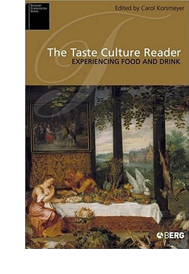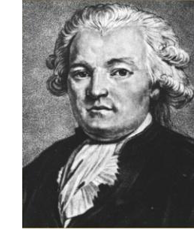
In 2005, editor Carolyn Korsmeyer published the book “The Taste Culture Reader: Experiencing Food and Drink‘ in the serie ‘Sensory Formations’ (Berg Publishers). Besides taste, this serie looks into other senses such as vision, sound and touch. Not in a technology but in a human perspective.
This book will interest anyone seeking to understand more fully the importance of food and flavor in human experience, said the publisher. So, I read the book and the following quotes resonated:
“(…) the senses usually work together in interrelation to create sense experience; the term that captures this integrative perspective of the senses is ‘intersensoriality’.” (Korsmeyer, p.8)
“The senses are the organs by which man places himself in connection with exterior objects.” (Brillat-Savarin, p.16)
“There is no situation in which sensibility and understanding, united in enjoyment, can be as long continued and as often repeated as a good meal in good company.” (Immanuel Kant, p.214)
“The significant quality of smell and taste is that it is possible to recognize them, but much more diffcult to recall them.” (Sutton, p.313)
“There is a particular strong line between the senses of taste and smell and the emotional dimensions of human experience.” (Lupton, p.19)
“Taste is a sensation of the moment. It cannot be preserved.” (Fisher, p.325)
Looking forward reading another book on taste by the same author: “Making Sense of Taste: Taste, Food, and Philosophy” (Cornell University Press, 1999)

